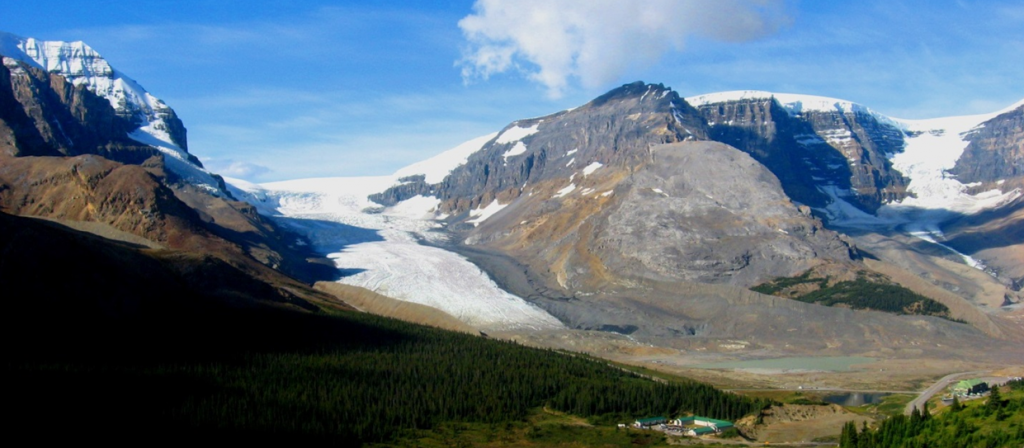113 Chapter 16 Glaciation — Physical Geology – 2nd Edition
Chapter 16 Glaciation
After reading this chapter, completing the exercises within it, and answering the questions at the end, you should be able to:
- Describe the timing and extent of Earth’s past glaciations, going as far back as the early Proterozoic.
- Describe the important geological events that led up to the Pleistocene glaciations and how the Milankovitch orbital variations along with positive feedback mechanisms have controlled the timing of those glaciations.
- Explain the differences between continental and alpine glaciation.
- Summarize how snow and ice accumulate above the equilibrium line and are converted to ice.
- Explain how basal sliding and internal flow facilitate the movement of ice from the upper part to the lower part of a glacier.
- Describe and identify the various landforms related to alpine glacial erosion, including U-shaped valleys, arêtes, cols, horns, hanging valleys, truncated spurs, drumlins, roches moutonées, glacial grooves, and striae.
- Identify various types of glacial lakes, including tarns, finger lakes, moraine lakes, and kettle lakes.
- Describe the nature and origins of lodgement till, ablation till, and glaciofluvial, glaciolacustrine, and glaciomarine sediments.

A glacier is a long-lasting body of ice (decades or more) that is large enough (at least tens of metres thick and at least hundreds of metres in extent) to move under its own weight. About 10% of Earth’s land surface is currently covered with glacial ice, and although the vast majority of that is in Antarctica and Greenland, there are many glaciers in Canada, especially in the mountainous parts of B.C., Alberta, and Yukon and in the far north (Figure 16.0.1). At various times during the past million years, glacial ice has been much more extensive, covering at least 30% of the land surface at times.
Glaciers represent the largest repository of fresh water on Earth (~69% of all fresh water), and they are highly sensitive to changes in climate. In the current warming climate, glaciers are melting rapidly worldwide, and although some of the larger glacial masses will last for centuries more, many smaller glaciers, including many in western Canada, will be gone within decades, and in some cases, within years. That is much more than just a troubling thought and a scenic loss for western Canadians because we rely on glacial ice for our water supplies—if not for water to drink, then for water to grow food. Irrigation systems in B.C. and across Alberta and Saskatchewan are replenished by meltwater originating from glaciers in the Coast Range and the Rocky Mountains.
Media Attributions
- Figure 16.0.1: © Steven Earle. CC BY.
<!– pb_fixme –>

